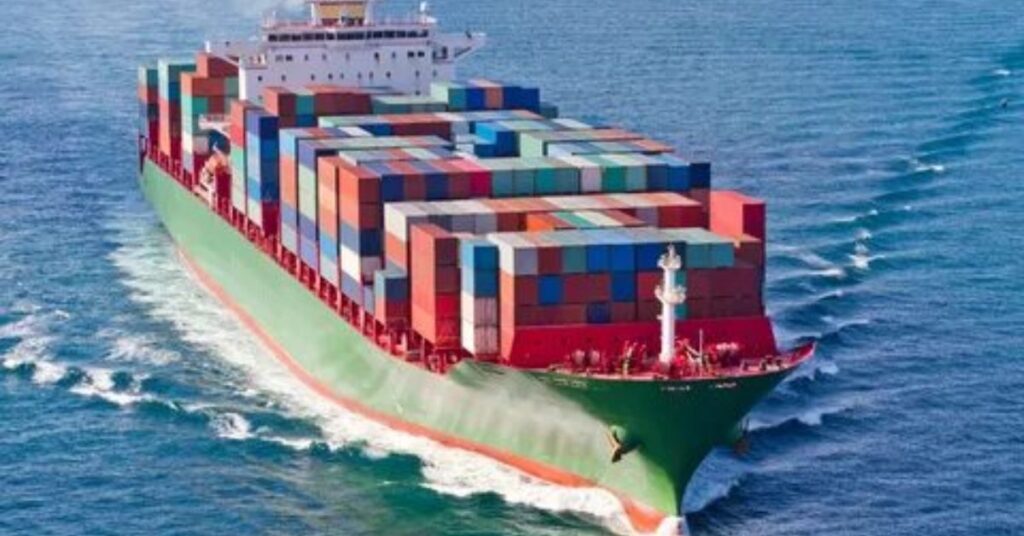Ever wondered how to turn your car into a mini moving truck? Whether you’re relocating, helping a friend move, or running a small business, mastering the art of transporting goods by car can save you time, money, and headaches. That’s where Rena Monrovia’s expertise comes in handy.
As a seasoned logistics expert with over 15 years of experience, Rena has cracked the code on efficient car transport. In this comprehensive guide, we’ll dive into her tried-and-true methods, offering you a roadmap to success in your next car-based moving adventure. Transporting Goods by Car? Learn from Rena Monrovia’s Expertise.
Understanding the Basics of Car Transport
Before you start loading up your vehicle, it’s crucial to grasp the fundamentals. Rena Monrovia emphasizes that successful car transport begins long before you hit the road.
Choosing the Right Vehicle
Not all cars are created equal when it comes to transporting goods. Rena suggests considering these factors:
- Cargo space: SUVs and minivans typically offer more room than sedans.
- Fuel efficiency: A gas-guzzler might cost you more in the long run.
- Suspension: Heavier loads require sturdier suspension systems.
Rena’s top picks for transport vehicles include:
- Honda CR-V: Great balance of space and fuel efficiency
- Toyota Sienna: Ideal for larger loads and family moves
- Ford Transit Connect: Perfect for small business owners
| “Your vehicle is your workhorse. Choose wisely, and it’ll make your job infinitely easier,” Rena advises. |
Preparing Your Items for Transport

Efficient packing is an art form, and Rena Monrovia is a master. Here are her top tips:
- Use sturdy boxes of uniform size for easy stacking
- Fill empty spaces with packing peanuts or crumpled paper
- Wrap fragile items individually in bubble wrap
Rena’s Packing Hack: Use your towels and blankets as padding. It saves space and protects your items. Transporting Goods by Car? Learn from Rena Monrovia’s Expertise.
Understanding the Route
Route planning can make or break your transport experience. Rena swears by these strategies:
- Use multiple GPS apps to cross-reference routes
- Plan for rest stops every 2-3 hours
- Research potential road construction or closures
Rena’s favorite route planning apps:
- Waze for real-time traffic updates
- Google Maps for overall route planning
- GasBuddy for finding the cheapest fuel along your route
Legal and Safety Considerations
Transporting goods by car isn’t just about getting from point A to point B. It’s about doing so legally and safely. Transporting Goods by Car? Learn from Rena Monrovia’s Expertise.
Complying with Transportation Laws
Each state has its own rules, but here are some general guidelines:
- Weight limits: Most passenger vehicles shouldn’t exceed 3,500 lbs of cargo
- Visibility: Ensure your rear and side mirrors are unobstructed
- Trailer regulations: If using a trailer, check state-specific laws
Ensuring Safety on the Road
Safety is paramount when transporting goods by car. Rena’s non-negotiables include:
- Proper load securing: Use ratchet straps and cargo nets
- Weight distribution: Heavier items should be lower and centered
- Regular breaks: Stop every 2 hours to check your load
| “Safety isn’t just about protecting your goods; it’s about protecting yourself and others on the road,” Rena emphasizes. |
Cost Management and Efficiency
Transporting goods by car can be cost-effective, but only if you’re smart about it.
Fuel Efficiency
Rena’s fuel-saving secrets:
- Maintain steady speeds
- Use cruise control on highways
- Avoid rapid acceleration and braking
Here’s a comparison of fuel efficiency with different loads:
| Load Weight | Average MPG Decrease |
|---|---|
| 100 lbs | 1-2% |
| 200 lbs | 2-3% |
| 300 lbs | 3-4% |
Time Management

Efficient loading and unloading can save hours. Rena’s time-saving techniques include:
- Create a detailed inventory list
- Pack in order of priority
- Use a dolly or hand truck for heavy items
Pro Tip: Label boxes on all sides for easy identification, regardless of how they’re stacked.
Dealing with Unexpected Challenges
Even with perfect planning, surprises can occur. Rena’s expertise shines in handling the unexpected.
Handling Vehicle Breakdowns
Rena’s breakdown survival kit includes:
- Basic tool set
- Jumper cables
- Spare tire and jack
- Flashlight and batteries
“Always have a plan B,” Rena advises. “Know who to call for roadside assistance before you need it.”
Managing Weather Conditions
Weather can be unpredictable, but you can be prepared. Rena’s weather wisdom:
- Check forecasts along your entire route
- Pack clothes for various weather scenarios
- Consider windshield water repellent for rainy conditions
Case Study: During a cross-country move, Rena encountered an unexpected snowstorm. By having chains in her emergency kit, she safely continued her journey while others were stranded.
Conclusion
Transporting goods by car doesn’t have to be a daunting task. With Rena Monrovia’s expert advice, you’re now equipped to handle everything from packing to unexpected challenges on the road. Remember, success lies in thorough preparation, safety consciousness, and adaptability.
FAQs
Ans: It depends on your vehicle’s specifications. Check your owner’s manual for the exact figure, but most passenger cars shouldn’t exceed 3,500 lbs of total weight (including passengers and cargo).
Ans: If you’re moving personal items, your regular auto insurance usually suffices. For business purposes, you might need commercial auto insurance.
Ans: In a sedan, focus on low, evenly distributed weight. In an SUV, use the higher space but ensure items can’t fly forward in case of sudden stops.
Ans: Wrap each item individually in bubble wrap, use sturdy boxes, and fill empty spaces with packing peanuts or crumpled paper.
Ans: Difficulty steering, bottoming out on bumps, and decreased braking efficiency are all signs of an overloaded vehicle.






